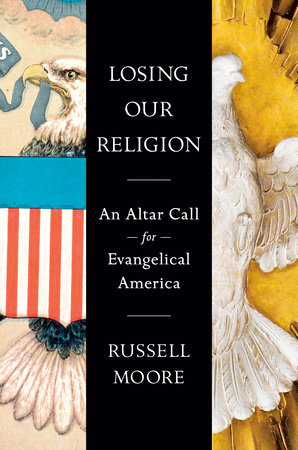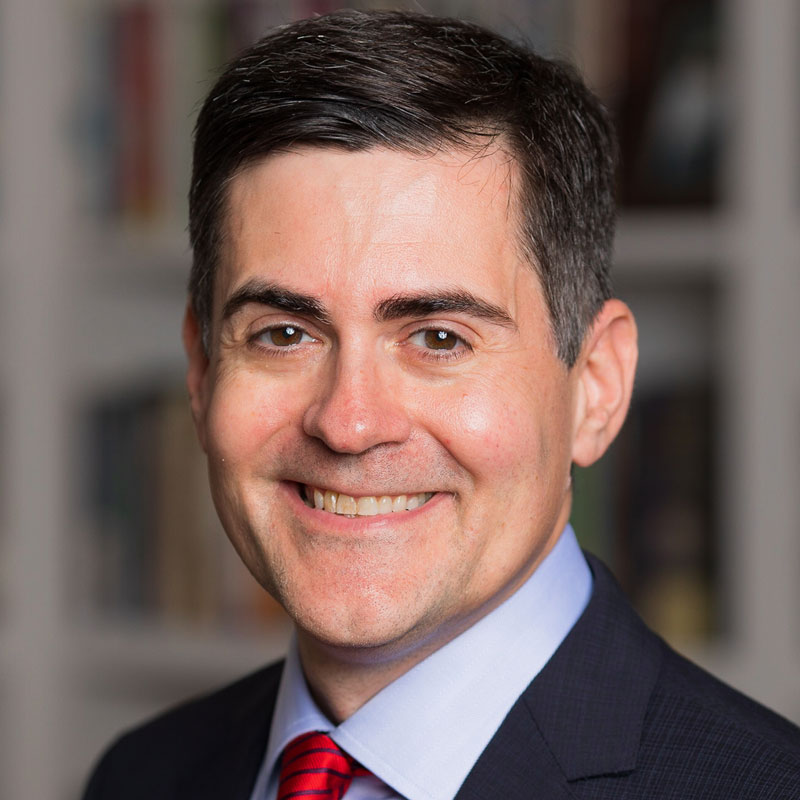Few would think of television’s Mad Men series as religious programming. The show, set in the 1960s era of cutthroat Madison Avenue advertising business, is almost a high-class soap opera, saturated with adultery, substance abuse, and backstabbing. The program’s worshipful aspects might have been recognized, though, by a turn-of-the-century Dutch politician and theologian.
In his new (and groundbreaking) intellectual biography of Abraham Kuyper, historian James Bratt examines Kuyper’s interaction with the challenges of modern secularism, especially in his later travels abroad, including to the United States. Kuyper recognized a loss of authentically Christian identity in the so-called “Christian” countries of Europe and North America.
As a theologian, a church leader, a newspaperman, and an elected official who had served in Parliament and as Prime Minister, Kuyper had a wide-angled lens on cultural forces. Kuyper saw two “lords” at work in the spirit of the age around him, contesting the lordship of Jesus Christ.
The first lord, Bratt explains, was Mammon, which he defines as “a thorough absorption in getting and spending within the horizon of the material world.” Kuyper saw this form of idolatry as worse than the golden calf of Israel’s wilderness folly. The calf, after all, was an unapproved image of God, but contemporary worship of Mammon entailed “the displacement of God altogether,” in the quest for more as a religion all its own.
The second lord was more intriguing to me: Art. Kuyper recognized the organic connection between art and religion, both for good and for ill. This creative impulse still attracted a “spiritual aristocracy” seeking a “small mystical oasis” in the “materialistic wilderness.” Kuyper’s point here is strikingly prescient. After all, what gives a sense of transcendence and even communion in the postmodern era if not the arts, especially music and film?
After we have disenchanted nature, seeing beauty but without an overarching Logos behind it, we can still recognize creativity and teleology in art. And in recognition of this beauty, we can find a sense of communion with one another.
Bratt writes that Kuyper saw the dangerous combination of “Art as captured by Mammon.” Here the two combined to a “commercialized, lowered, prostituted, feeding the mass compulsion for excitement, excess, and the erotic.” In this, Bratt contends that Kuyper was hitting close to explaining the contemporary rise of Madison Avenue as a cultural force, “the marriage of Art and Mammon that is commercial advertising.”
Here’s where Abraham Kuyper has something to say to Don Draper.
Mad Men is successful for many reasons, the first of them being that it features compelling human stories compellingly told. But, behind that, there’s a captivation with something that explains our predicament. Don Draper doesn’t just sell illusions; he is one. He is living with a stolen identity, and a secret past. He is driven to success, Mammon, and he does so by his vast creativity, Art.
The end result is an emptiness that he seeks to fill with forbidden sex and dangerous substances. This isn’t just a bad life; it’s a disappointing religion. Resources and creativity with no ultimate goal lead to a hollow man without meaning.
This is true not only personally but corporately. Don’s firm chases the opportunity to create ads for a car company. When they do, the clashing egos and ambitions lead to a Darwinian struggle, leaving the band of creatives red in tooth and claw.
Kuyper’s warning is a good one, and not only for our fictional television anti-heroes. When we have dismantled every authority over our lives, we are left often to the authority of those who pretend not to be authorities at all. They sell to us what we crave, promising us dominion without limit, and they let us think that it was our idea all along.
In the end, the high places of Canaan and of Madison Avenue leave us falling alone. We become mad, and we dwell among a people of mad men. But it needn’t be this way.
Resources and creativity have meaning, and they are good. Abraham Kuyper was right to teach us this, that the image of God is a cultural force. Our resources and creativity are meant to make us Christlike, servant rulers with a mission larger than ourselves, larger than the universe itself.
Left to their own, money and creativity are very jealous gods. But, if we listen, behind them, behind every square inch of them, we can hear a Galilean voice whispering “Mine.”






